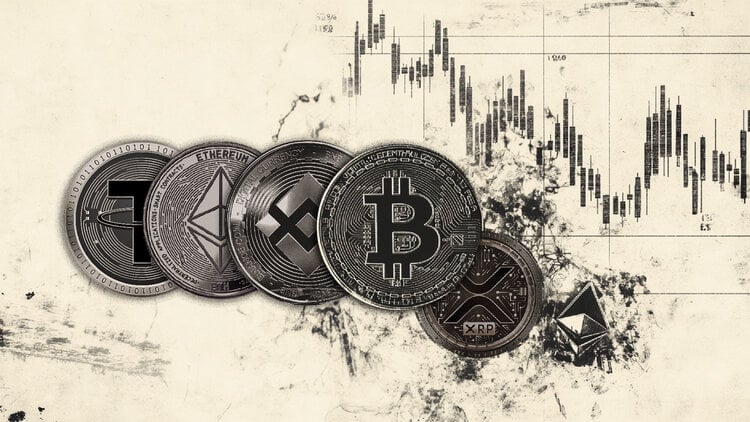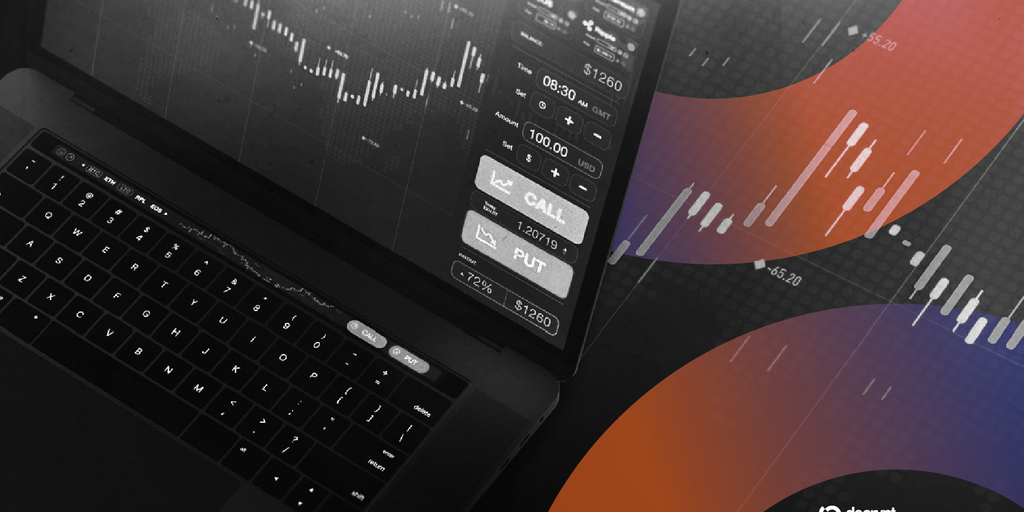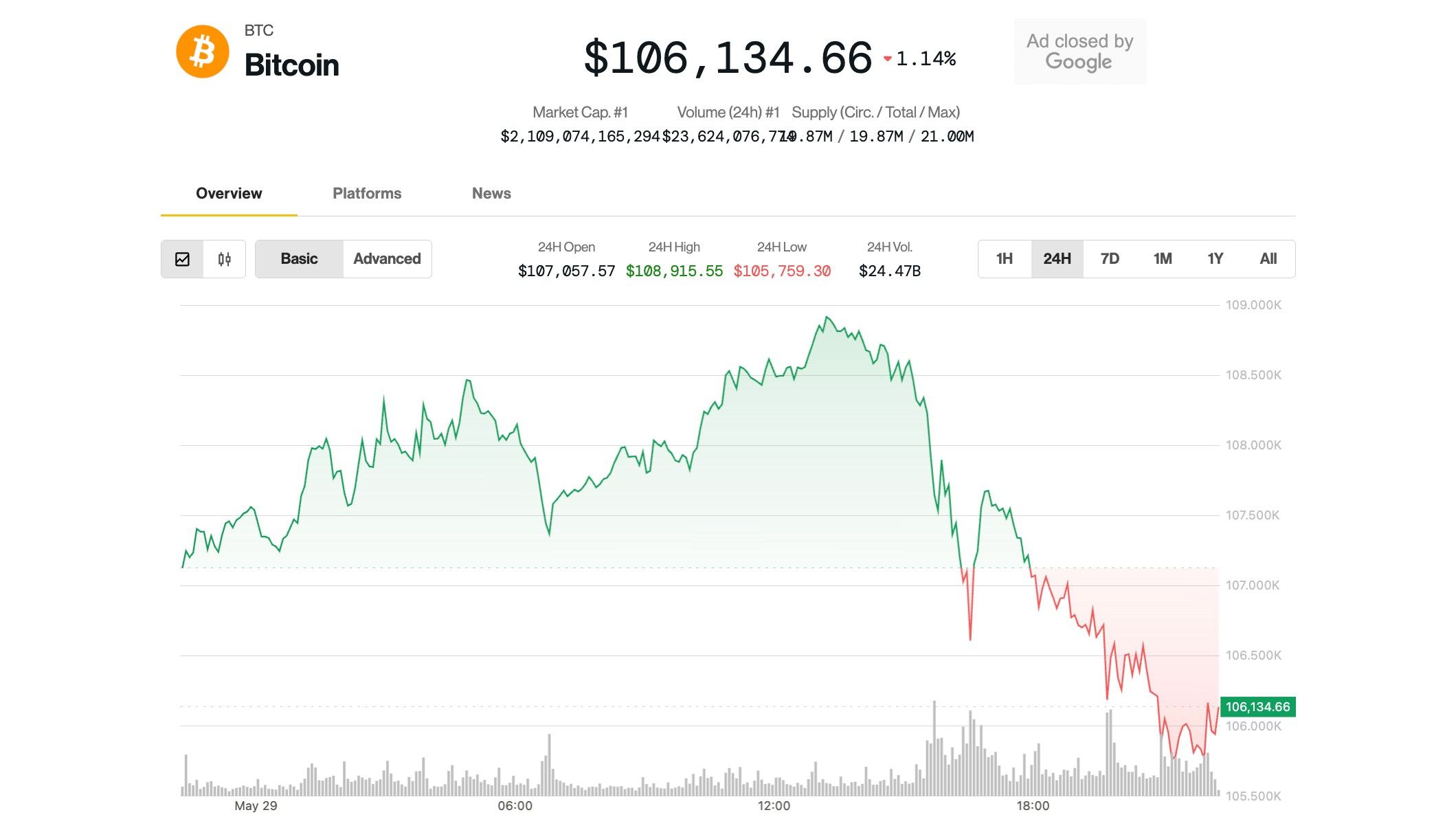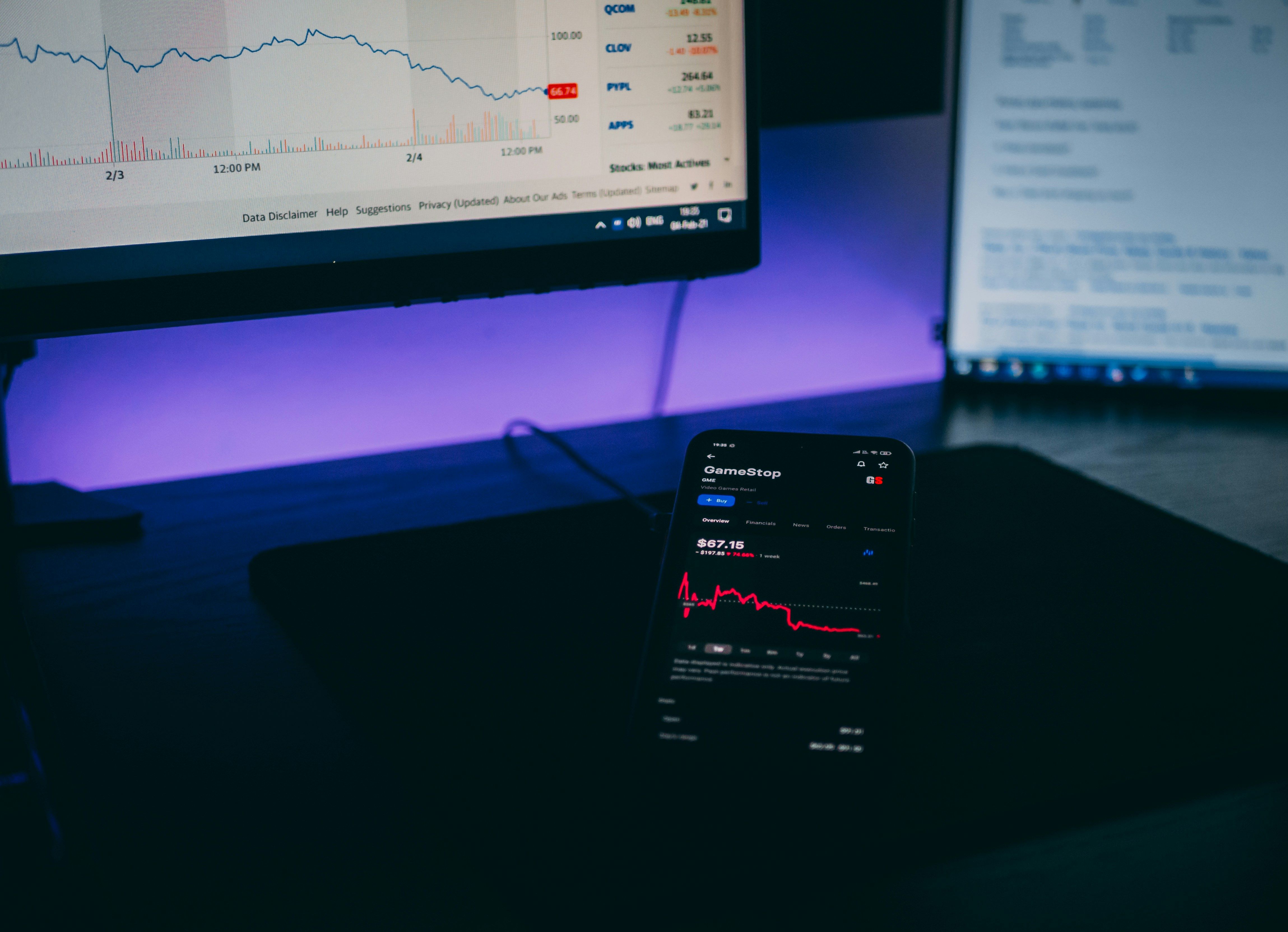NVIDIA Corporation (NVDA) Stock Forecasts
Summary
Cutting Forecasts in an Unsettled Environment We are adjusting our estimates of S&P 500 earnings from continuing operations for calendar 2025 and 2026 to reflect potential negative impacts on earnings from higher costs and reduced commerce. Normally, we would adjust our EPS forecasts once or perhaps twice over the course of a year. We are not sure what will happen with tariffs and White House policy, but we may need to adjust our forecasts a few more times over the remainder of 2025. For now, our EPS reductions are tweaks rather than big moves. On the upside, the first-quarter earnings season modestly outperformed our expectations, with annual EPS growth of about 14%; we had been modeling high-single-digit to low-double-digit EPS growth. On the downside, where steep tariffs are scheduled and then paused or pushed out, companies are still struggling to finalize 2025 capital budgets. Major corporations have proposed a range of strategies to deal with tariffs. At either end of the spectrum, Walmart says it will pass along tariffs to its customers; and Home Depot says it will absorb the cost of tariffs. The Walmart strategy, as the company has acknowledged, could result in lost revenue as customers (particularly in the lower tiers of the economy) forego planned purchases and make do with less. The Home Depot strategy, in theory, should do a better job of protecting the revenue stream -- but inevitably will cut into margins and thus earnings. We believe most companies will strike a balance somewhere in the middle, passing along some portion and absorbing some portion of tariffs. The 'mix' of pass along and absorb likely will vary from company to company, based on a range of factors. These could include where a company sources raw materials, which regional markets are served, and which products and components are partially or fully exempt from tariffs. 2025 EPS: After a Strong 1Q, Softer in the Middle First-quarter 2025 earnings season took place amid a major shift in U.S. trade policy that drove a turbulent response in asset markets. The U.S. ended the Biden presidency era with much of the tariff architecture intact from President Trump's first term. On April 2, days before the large money center banks began the reporting season, the president unleashed his schedule of 'Liberation Day' tariffs across dozens of nations. Although the high tariff rates were proposals meant to act as negotiating tools, they sent the stock market crashing. The president's criticism of Fed Chair Jay Powell slammed the bond market and the U.S. dollar, further contributing to unease. Subsequently, certain key tariff shifts (on China, the UK, etc.) and a more conciliatory tone toward the Fed allowed the stock market to surge back to year-opening levels. Amid this turbulence, the only 'normal' thing was 1Q25 earnings season. As is common, earnings exceeded expectations; these expectations were uncommonly gloomy as the trade environment worsened. As the quarter progressed, the blended EPS growth estimates from FactSet, Refinitiv, and Bloomberg all ticked 500 to 600 basis points higher than they were at the beginning of the earnings season, as upside surprises displaced conservative estimates in the blended tally. The three EPS compiling agencies all calculated final 1Q25 EPS growth in the 13%-14% range. About 75% of companies surpassed Street expectations; early in the reporting season, that percentage was closer to 70%. On a long-term basis (past 10 years), about three-quarters of companies reporting EPS growth have surprised to the upside. Additionally, the magnitude of the EPS beat jumped meaningfully higher as the quarter progressed, to around 9%. That is better than the 7% long-term average and now also in line with the 9% intermediate-term average. First-quarter earnings growth and revenue growth were perceived as having benefited from some 'front-loading' by businesses as a way to acquire raw materials and goods inventories ahead of anticipated tariffs. We also think some consumers may have accelerated purchases of goods, particularly those made in China, with an eye to potential price hikes in coming months. We think this pulling-forward of business and consumer activity into 1Q25, along with foregone sales at companies passing along tariffs and margin hits at companies absorbing tariffs, will be felt in second-quarter earnings and to a lesser extent in third-quarter earnings. We look for a return to stronger EPS growth in 2026, assuming tariff stability, but not as strong as we had earlier modeled. Revisions to 2025 and 2026 EPS Estimates Until the final tariff schedule is established -- not just in the U.S. but among our trading partners as well -- there will be a fair amount of speculation in any single EPS estimate, much less all the estimates for the hundreds of companies in the S&P 500. Also worth keeping in mind is that tariffs are far from the only driver of revenue and earnings growth. For 2025, our forecast for S&P 500 earnings from continuing operations is $270, reduced from $276. For 2026, our new estimate is $300, reduced from $307. Our new 2025 EPS estimate implies full-year EPS growth of 10%, reduced from 12%. And our new 2026 estimate assumes EPS growth of 10%, reduced from 11%. For the middle quarters of 2025, we are using more-conservative growth assumptions for most sectors. In particular, we have reduced our 2025 growth assumptions for Consumer Discretionary, Healthcare, Industrial, and Information Technology. Consumer Discretionary faces the triple whammy of already-high goods inflation, the potential for further price hikes due to tariffs, and financing rates for large-ticket items that remain too high. We still look for Healthcare EPS to grow in double-digit percentages, but have cut our growth forecast nearly in half due to the potential for White House-mandated lower drug prices and pressure on insurance company earnings from elevated procedure volumes (hips, knees, etc.). Industrial earnings could be impacted by reduced foreign demand for big-ticket equipment from machine tools to excavators to commercial aircraft. Information Technology, the largest sector, faces an appropriately large basket of risks. These include on-again, off-again tariffs on smartphones, PCs, and semiconductors, and an ever-shifting web of regulation on what technology can and cannot be shipped to China. Conclusion Our 2025 EPS growth forecast is bo
Content Original Link:
" target="_blank">




































